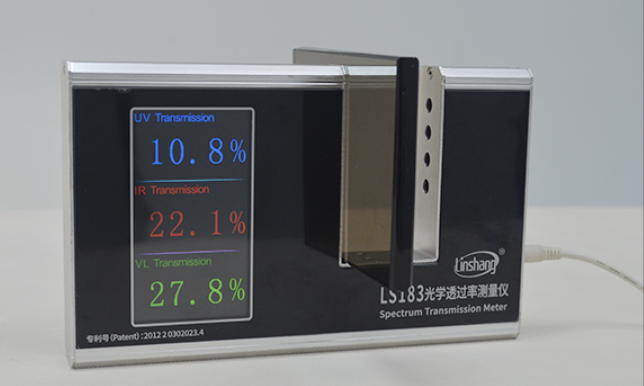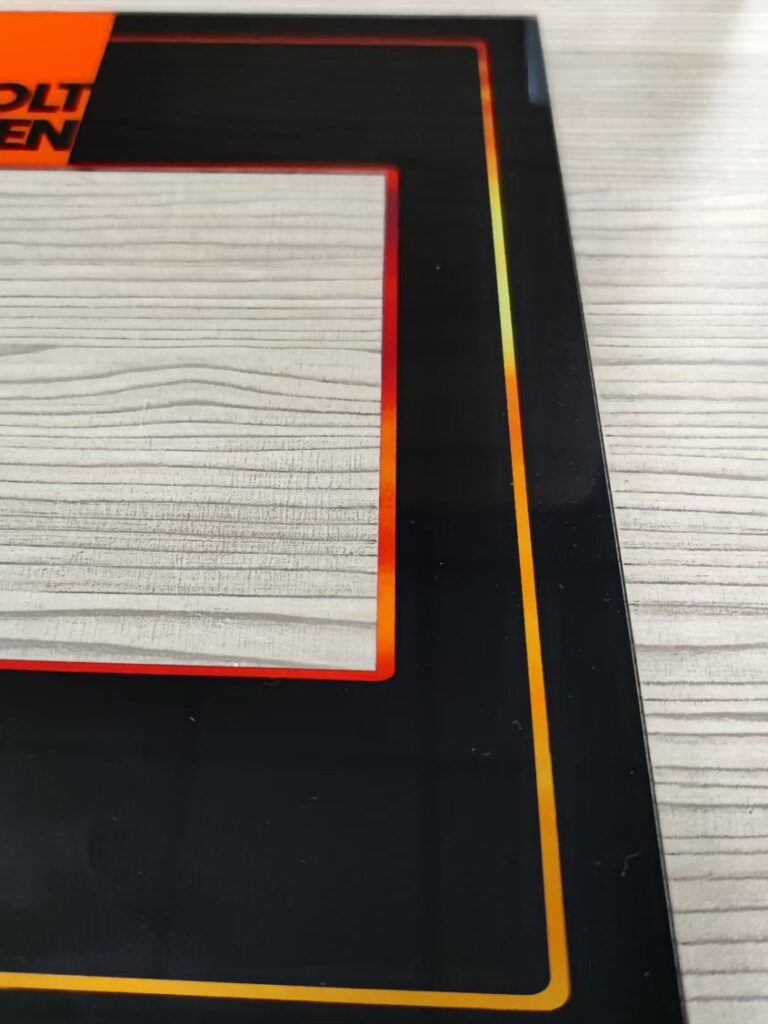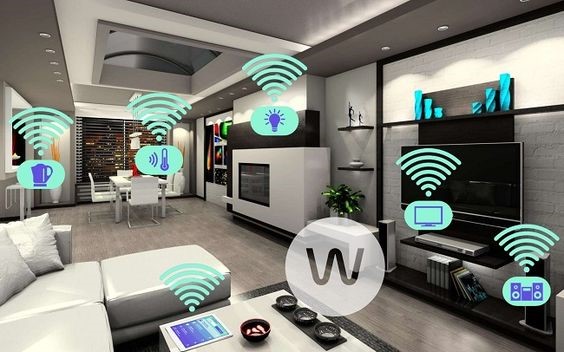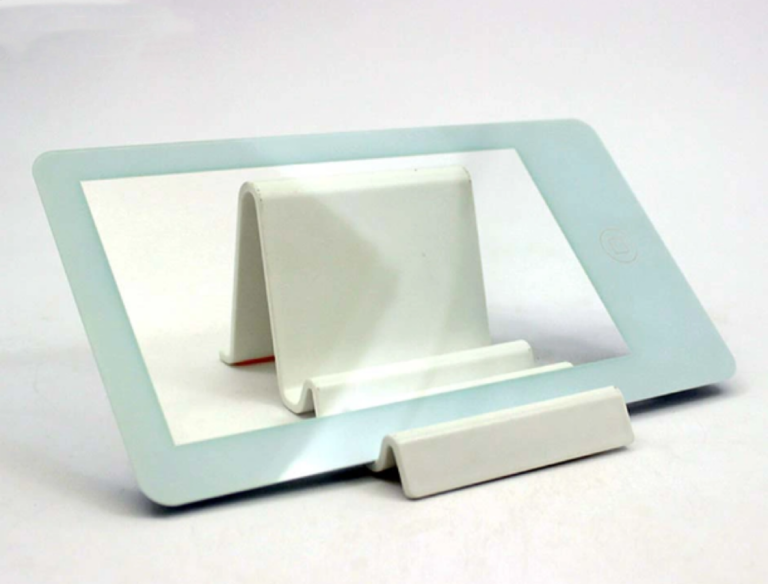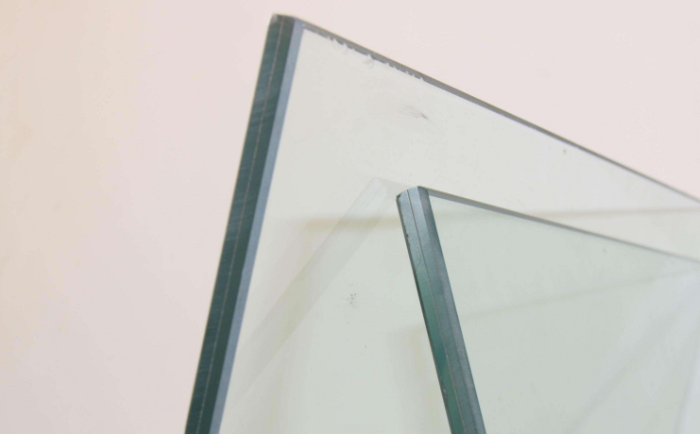
The main cause of deformation of tempered glass is the roller. There is another reason that can also cause bending and deformation of tempered glass.Uneven heating temperature can also cause deformation of tempered glass. Let’s learn about it today.

1. There is a temperature difference between the upper and lower surfaces of the glass when it is heated.
When the glass is transferred to the heating roller, the lower surface of the glass is in contact with the roller. The heating roller directly conducts heat exchange with the glass through conduction, and the upper surface of the glass heats the upper surface of the glass through thermal radiation. The heat transfer speed of the lower surface is higher than that of the upper surface.
When thermal balance is not used to assist heating, the temperature of the upper surface of the glass is lower than the temperature of the lower surface. When heating begins, the glass is a typical elastomer, and the thermal expansion of the glass The coefficient is relatively high. Since the temperature of the lower surface is higher than that of the upper surface, the expansion speed of the lower surface is higher than that of the upper surface, causing the glass to bend upward, that is, the periphery of the glass is tilted away from the rollers, causing the middle of the glass to be heated and only the middle to be supported by the rollers. When the glass continues to be heated, the position in contact with the roller first reaches the softening temperature and bears the full weight of the glass. The middle part of the glass will undergo “flow” deformation. The thinning of the middle part will lead to roller marks and even optical deformation.
In addition, On the one hand, when the glass is completely heated to the softening temperature, the glass flattens, but the temperature difference does not disappear. When the glass with the temperature difference is evenly cooled to room temperature, the shrinkage of the hot surface of the glass is greater than the shrinkage of the cold surface, forming a hot surface. bending.
2. The temperature difference between the middle and the edges causes glass deformation.
When the glass is heated in the heating furnace, if the temperature of the middle part of the glass is higher than the temperature of the edge parts, during the cooling process of the glass, the hot middle part shrinks more than the cold edge parts. When the glass is cooled to room temperature and the temperature difference disappears, the edges of the glass The middle size will be larger than the middle size, forming a larger compressive stress on the edge of the glass. To balance this uneven stress, the glass will take on a saddle-shaped shape. Similarly, a piece of glass is heated in a heating furnace. If the temperature distribution along the plane is that the edges are higher than the middle, during the cooling process of the glass, the shrinkage of the hotter edge of the glass is greater than the shrinkage of the cooler middle part, and the glass is cooled.
When it reaches room temperature and the temperature difference disappears, the middle size of the glass will be larger than the edge size, forming a larger tensile stress state on the edges of the glass.
In order to balance this uneven stress, the glass assumes a pot-shaped state and this state is bidirectional. , that is, the protrusion in the middle of the glass will change in two directions.
3. Random uneven temperature distribution
The above two types of uneven temperature distribution are mainly caused by improper operation. Random uneven temperature distribution may be caused by poor equipment status. The heating wire of the tempering furnace is partially damaged, the position of the temperature sensor is changed or distorted, the glass is in Unreasonable stacking on the roller conveyor will cause the glass to be heated unevenly. This random uneven temperature distribution will lead to uneven temperature distribution in the plane direction of the glass during heating.
Irregularities occur in different areas when the glass cools and shrinks. and irregular shrinkage will result in poor flatness of the glass.

